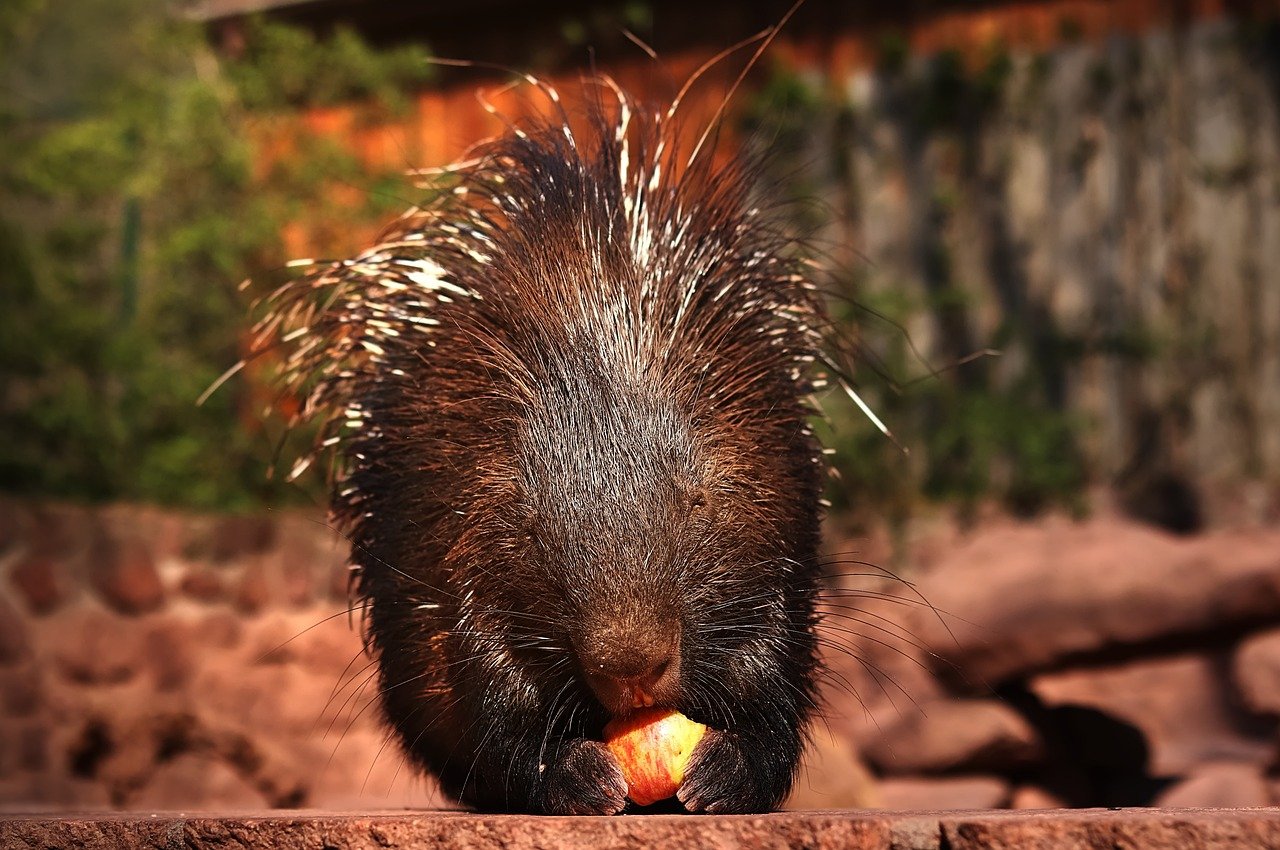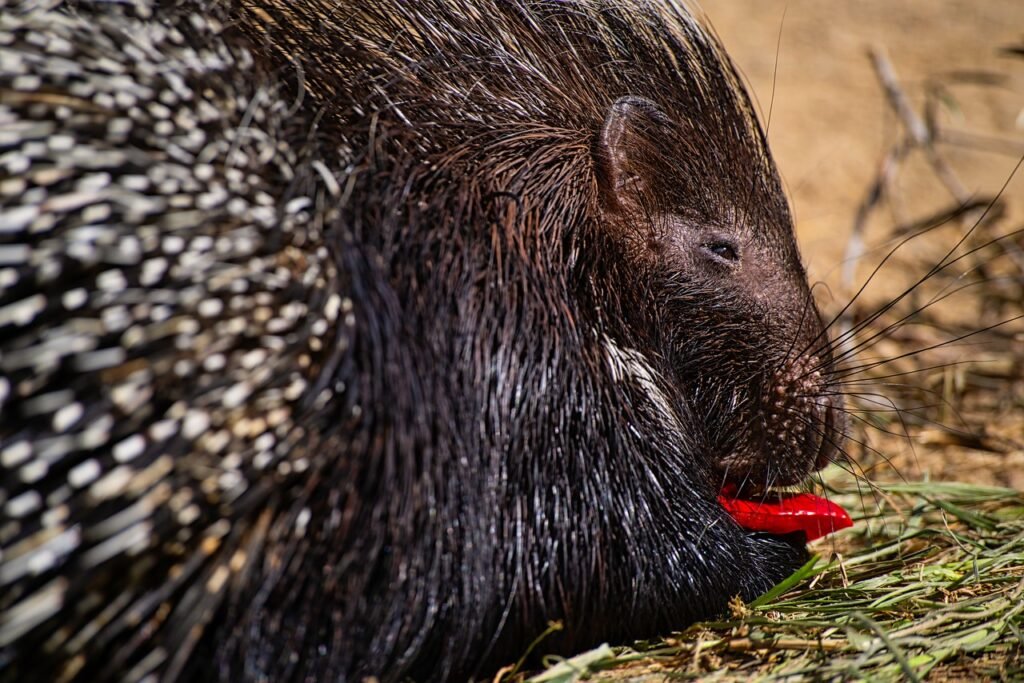Encountering a picky eater among our quilled companions is not uncommon, and porcupines are no exception. Navigating nutritional challenges with picky porcupine eaters requires a thoughtful approach to ensure they receive the essential nutrients for their well-being. In this guide, we explore strategies and tips to address picky eating habits, promoting a balanced and nutritious diet for your discerning porcupine friend.
Understanding Picky Eating Behavior:
1. Natural Variability:
- Picky eating behavior can stem from natural variability in individual preferences. Porcupines, like humans, may have specific tastes and textures they prefer over others.
2. Environmental Factors:
- Changes in the environment, such as a new habitat or the introduction of unfamiliar foods, can influence eating habits. Stress or discomfort may contribute to picky eating.
3. Health Concerns:
- Picky eating can be a sign of underlying health issues. It’s essential to rule out any dental problems, digestive issues, or other health concerns that may affect their appetite.
Tips for Encouraging Healthy Eating Habits:
1. Gradual Introduction of Foods:
- Introduce new foods gradually to allow your porcupine to acclimate to different tastes and textures. Sudden changes may be met with resistance.
2. Offer a Variety of Options:
- Provide a diverse menu with a mix of fruits, vegetables, nuts, seeds, and other porcupine-friendly foods. A variety of options increases the likelihood of finding foods they enjoy.
3. Observe Preferences:
- Pay attention to their preferences and dislikes. Understanding their taste preferences allows you to tailor their diet to suit their individual likes and dislikes.
4. Mix Familiar and New Foods:
- Mix new or less-favored foods with familiar favorites. Gradually increasing the proportion of new foods can encourage acceptance.
5. Interactive Feeding Toys:
- Use interactive feeding toys to make mealtime engaging. These toys dispense treats as your porcupine interacts with them, turning eating into a mentally stimulating activity.
6. Positive Reinforcement:
- Use positive reinforcement during feeding. Offer praise, gentle strokes, or treats when they show interest in or consume less-favored foods.
7. Consistency in Feeding Routine:
- Establish a consistent feeding routine. Porcupines, like many animals, thrive on routine, and a consistent schedule can create a sense of security around mealtime.
8. Patience and Observation:
- Be patient and observe changes over time. Picky eating habits may evolve as your porcupine becomes more familiar with their environment and the offered foods.
9. Consult with a Veterinarian:
- If picky eating persists or is accompanied by other concerning signs, consult with a veterinarian specializing in exotic animals. They can perform a thorough health check to rule out underlying issues.
Addressing Specific Nutritional Concerns:
1. Protein Intake:
- Ensure adequate protein intake through a mix of nuts, seeds, and plant-based protein sources. Monitor their protein consumption to support muscle health.
2. Vitamin and Mineral Supplementation:
- If certain foods are consistently avoided, consult with a veterinarian about potential vitamin and mineral supplementation to address nutritional gaps.
3. Hydration:
- Encourage water consumption, especially if your porcupine tends to avoid hydrating foods. Provide fresh and clean water in various containers to identify their preferred source.
A Patient and Tailored Approach
Addressing picky eating behavior in porcupines requires patience, observation, and a tailored approach. By understanding their preferences, gradually introducing new foods, and incorporating positive reinforcement, you can encourage a more varied and nutritious diet. Consistency in feeding routines and consulting with a veterinarian when needed contribute to the overall well-being of your picky eater, ensuring they receive the essential nutrients for a healthy and happy quilled life.



